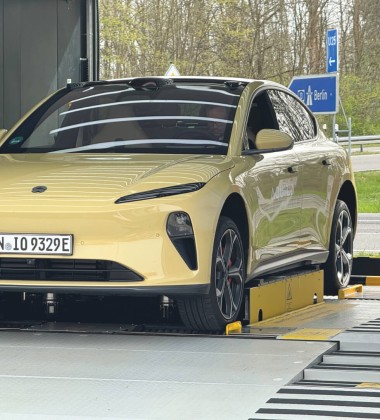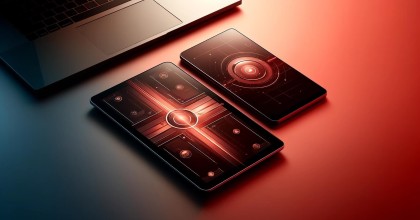Battery Swap on the Highway: How Does the Battery Exchange Work in NIO?
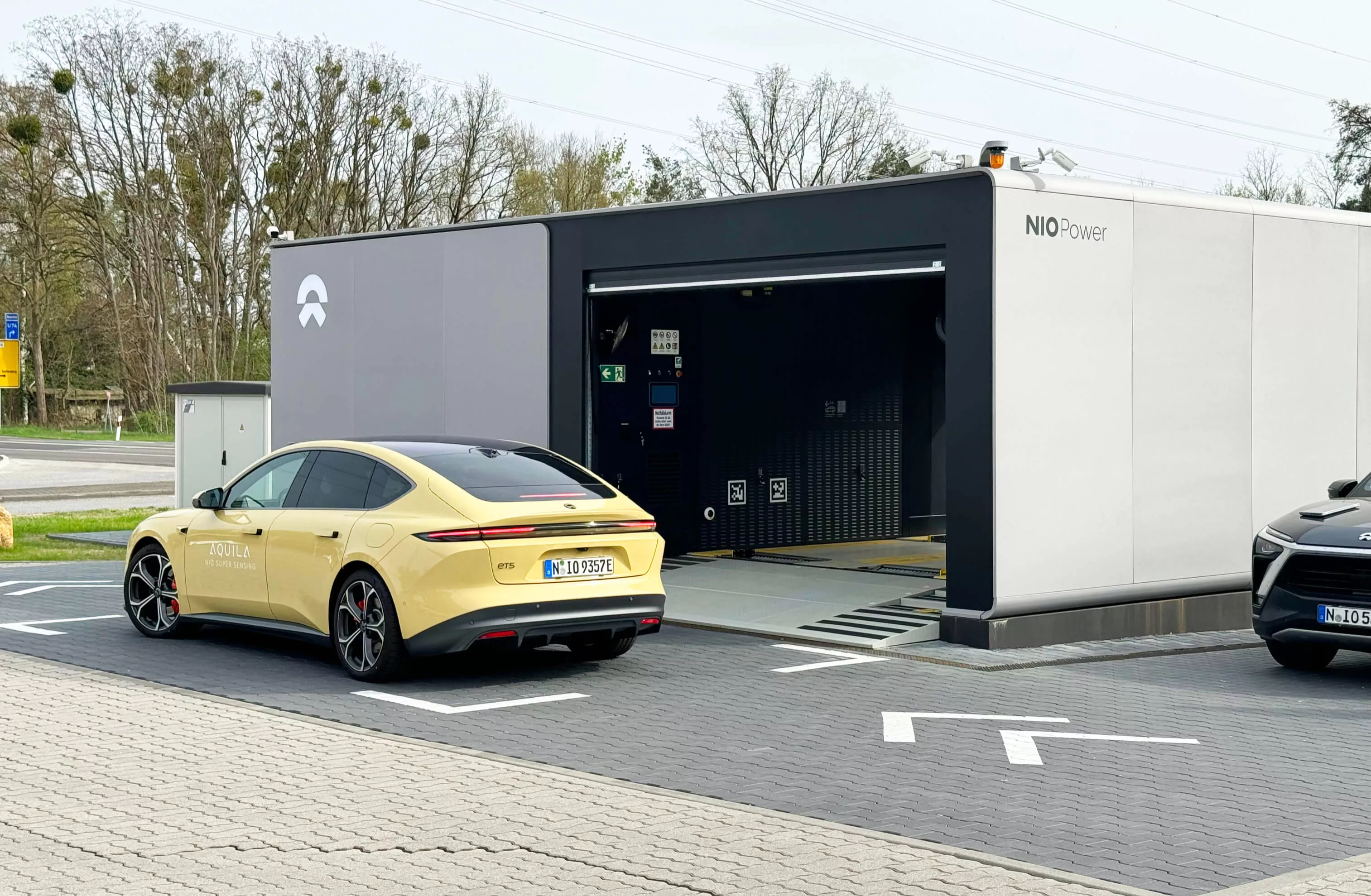
NIO's modern electric vehicles can do more than just charge; their batteries can be completely swapped. NIO is investing in a growing network of Power Swapping Stations (PSS) along highways. These stations enable the replacement of empty batteries with fully charged ones in just 3 to 5 minutes. This rapid exchange offers a solution to the problem of long charging times traditionally associated with electric vehicles. It ensures minimal interruptions on long journeys and gives drivers the assurance of always traveling with a freshly checked battery. NIO's approach stands out by providing a fast, convenient, and technologically advanced alternative to conventional fast charging, thus advancing the use of electric vehicles.
Battery swapping is not a sensible addition for every driving profile. However, those who are particularly time-constrained benefit from similarly short downtime as with a combustion engine vehicle. I would even go so far as to say that battery swapping is faster than refueling.
Power Swapping Stations:
How Does Battery Swapping Work?
The use of Power Swapping Stations is seamlessly integrated into the vehicle's navigation system. It is highly recommended to plan the battery swap in advance via the navigation system or app and to reserve a battery to avoid waiting times.
After leaving the highway and arriving at the PSS, the navigation system informs the driver about the assigned waiting position. With a reservation, waiting times are generally eliminated, and the driver is prompted to position the vehicle in front of the PSS, where special road markings indicate the exact position.
Once parked, the battery swap can be initiated directly through the navigation system; the rolling door of the station automatically opens, and the vehicle drives in autonomously. All vehicle functions, except for air conditioning, are shut down for the swap. Exiting the vehicle during the swap, for instance, for a restroom break, is currently not possible. The windows or sunroof can remain open during the swap.
The empty battery is removed, stored in the station, and replaced with a pre-charged battery while the vehicle is lifted. NIO always charges batteries to 90%. The entire process is detailed and explained on the infotainment display. The whole procedure within the PSS should take about three minutes. I consistently felt safe during my swap.
Once the swap is completed, the vehicle is restarted. Exiting the station is then left to the driver.
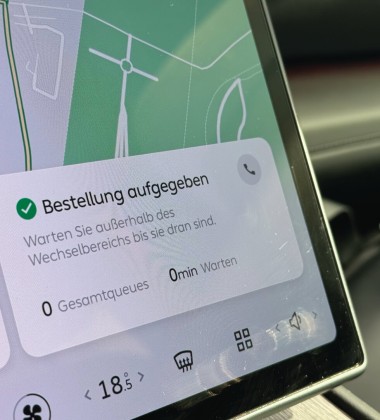
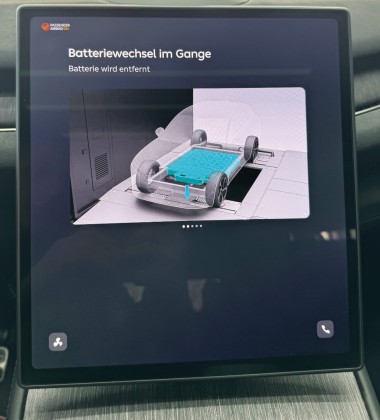
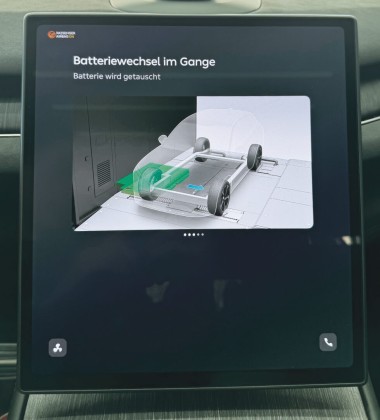
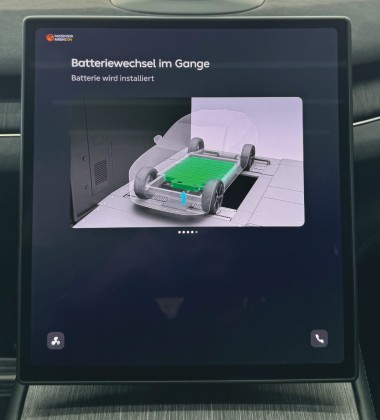
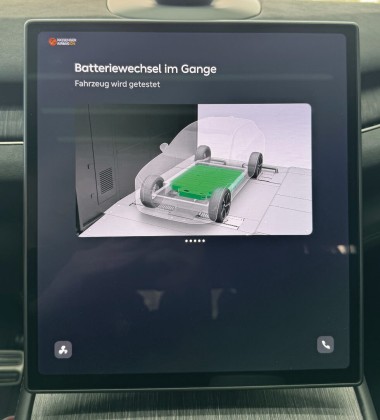
How easy is the battery swap at a PSS really?
Many electric vehicle drivers I know appreciate the simplicity of charging processes like those at Tesla or EnBW Autocharge, where you simply plug in the charging cable and everything else happens automatically—a method I also use regularly.
However, I wouldn't consider battery swapping to be significantly more complicated. NIO's software for their battery swap stations is extremely user-friendly and guides the driver through the process step by step. Compared to average charging times, battery swapping offers a significant time advantage, provided there are no waiting times. Particularly in varying weather conditions, battery swapping remains consistently fast, whereas charging speed can greatly fluctuate due to temperature extremes (too hot or too cold).
While you might pay closer attention to the various displays and instructions during the first use, familiarity with the process increases quickly, and subsequent swaps are executed much faster. For me personally, it is more effective in my workday to take much shorter breaks during long-distance trips.
